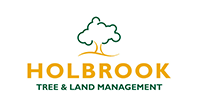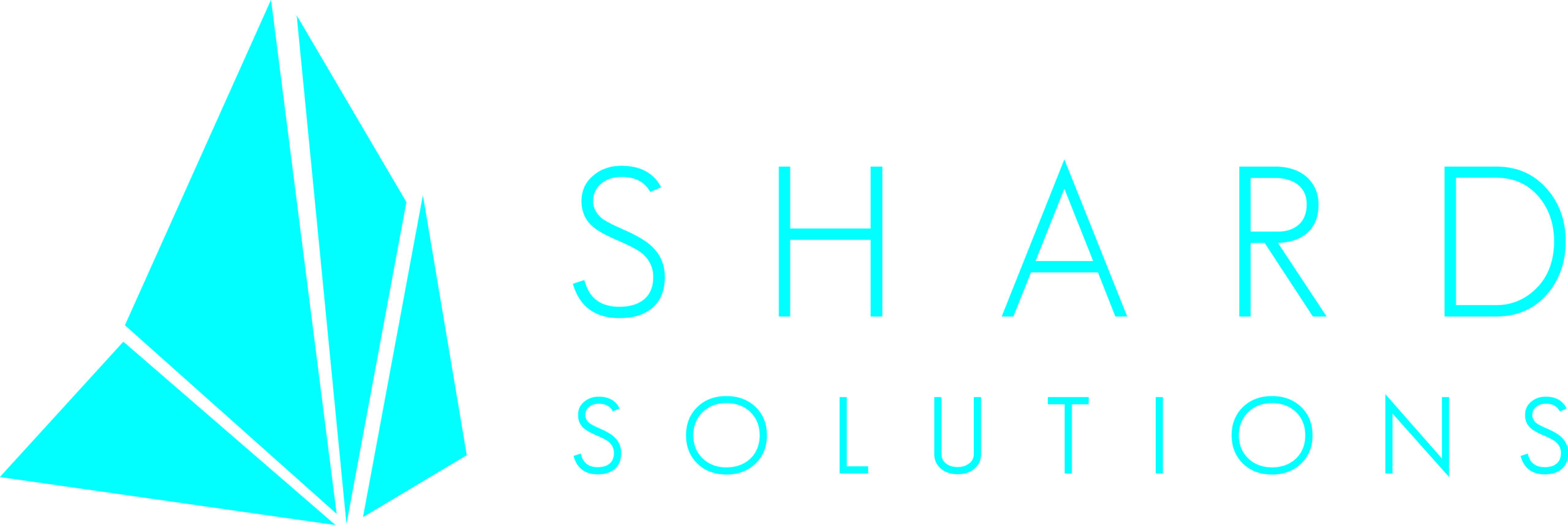Friday October 15th 2021 – Developmental Language Disorder Awareness Day

Which hidden disability:
• affects approximately 7% of the population?
• is more common than Autism?
• affects, on average, 2 children in every class of 30 to a level severe enough to hinder academic progress?
…yet most people have never heard of it?
Could it be Language?
Developmental Language Disorder (DLD) is diagnosed when children struggle to develop their own language for no obvious reason. This results in children and young people who have difficulty understanding what people say to them, and who find it hard to articulate their ideas and feelings. It is a lifelong condition, and can impact on the development of social skills, mental health and independence.
Friday October 15th 2021 is Developmental Language Disorder Awareness Day. It’s great to be aware that DLD exists, but how do you spot the signs that a child or young person may have DLD, and how can you support them at home and in the classroom?
Moor House School & College in Hurst Green is one of very few schools in the country specialising in supporting children and young people from the ages of 7-19 who have speech and language disorders. The Moor House Research and Training Institute (MHRTI), part of Moor House School & College, is at the forefront of research into therapy interventions for school aged students with severe DLD.
In support of raising awareness of DLD, Moor House have developed a campaign called ‘Could it be Language?’. This campaign encourages adults to consider, when a child is struggling at school, whether the problem ‘could be language.’ Is language the reason why they are finding it difficult?
So what are some of the signs of DLD to look out for? A child or young person with DLD may struggle with:
1. Expressing ideas: sharing thoughts and feelings, talking about something that has happened, expressing their needs
2. Vocabulary: learning, remembering and using new words
3. Following instructions: understanding and remembering what to do, particularly with non-routine instructions
4. Conversation: following and joining in with conversations, especially in a group
5. Making sense: putting words together to make a spoken or written sentence that others can understand
6. Concentration: maintaining attention so may tire easily
7. Reading and writing: making links between letters, sounds, words and meaning for reading and writing
8. Behaviour: managing emotions, which may lead to frustration, avoidance, anxiety and being unusually upset
9. Friendship and play: making friends, joining in with play, following the rules of a game
10. Confidence: using and understanding language without significant adult support
Spotting the signs of DLD can be tricky, which is why it is a hidden disability. Asking ‘Could it be Language’ if a child or young person is experiencing difficulty in several of the areas listed above may help to identify more children with Developmental Language Disorder.
How can you help a child with Developmental Language Disorder?
Specialist Teacher Sue Marr of the Moor House Research and Training Institute has created ‘Could it be Language?’ resources and a guide for both teachers and parents to help identify DLD in children. You can find a link to this and further resources at
www.moorhouseschool.co.uk/dld-training.
If you would like information on DLD Awareness Day and would like to get involved, check out www.radld.org/dld-awareness-day



















